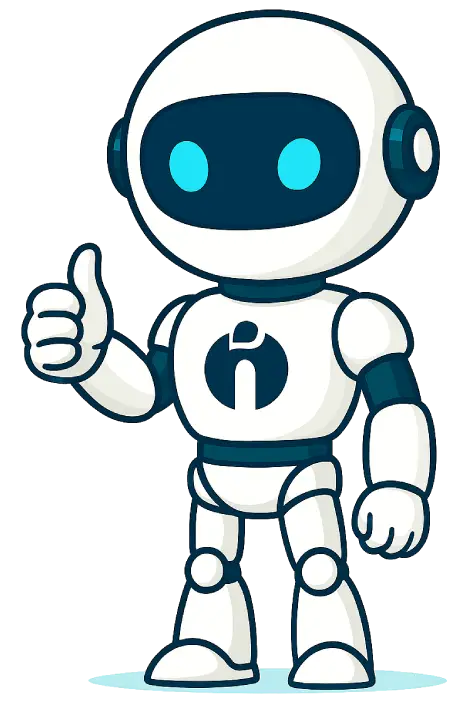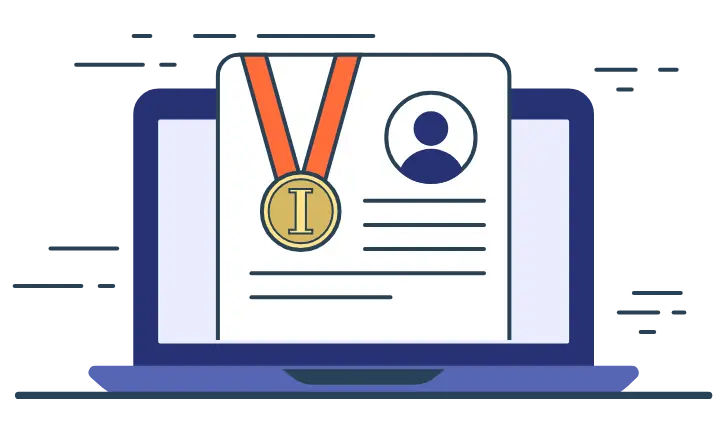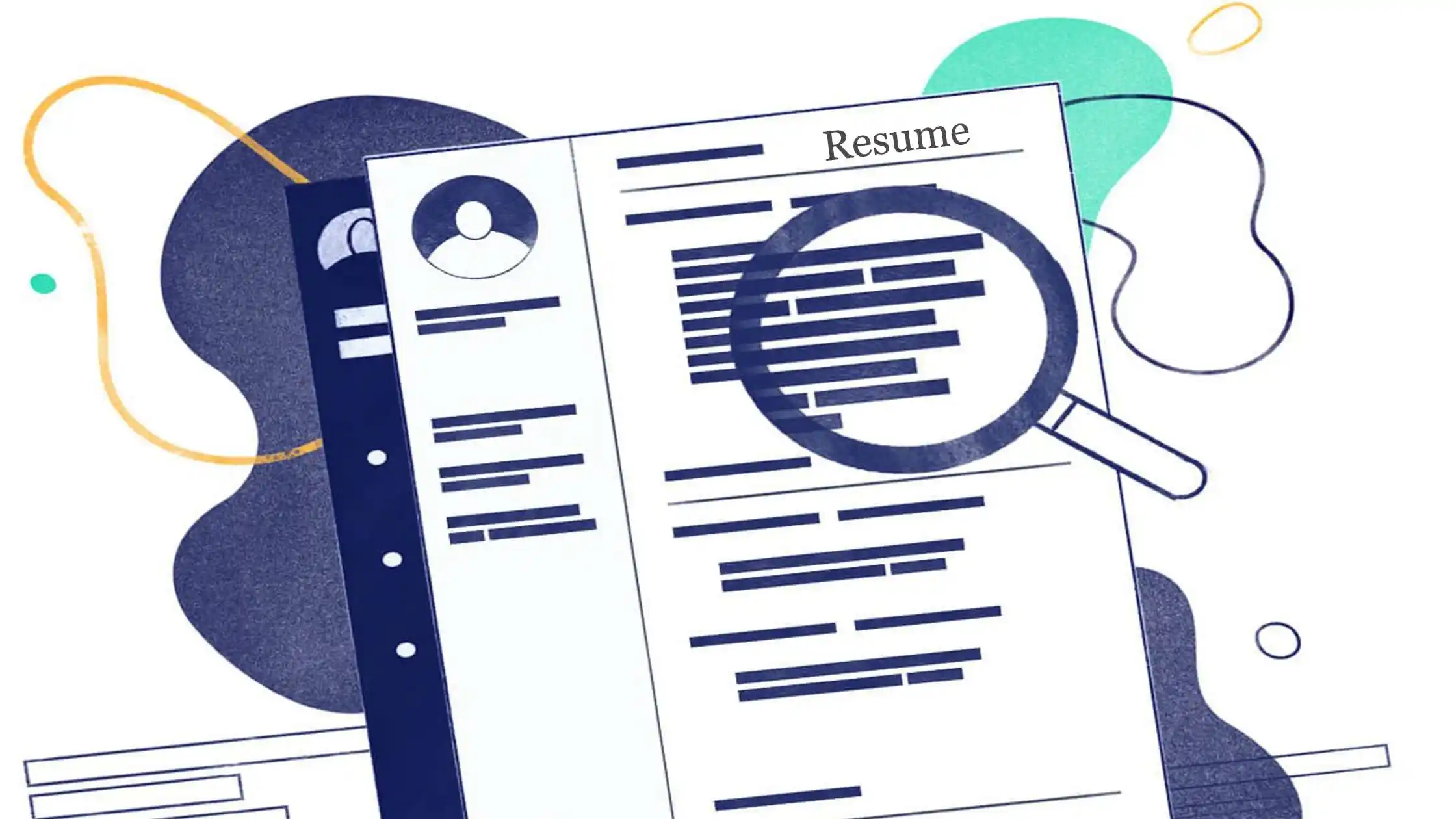TL;DR
- Applicant Tracking Systems (ATS) scan resumes for keywords and relevant experience to filter candidates.
- Use a simple, easy-to-read resume format with common headings and bullet points to avoid confusing ATS software.
- Place contact information in the main body, not in headers or footers, to ensure it is read correctly.
- Optimise your resume with job-specific keywords naturally used 2–3 times to pass ATS filters.
- Customise your resume for each job application to improve chances of passing ATS screening.
- Following these tips increases the likelihood of your resume reaching human recruiters and advancing your job search.
Recruitment methods have changed a lot with new technology. As technology grows, so do the tools for recruiting. One important development is the use of software that scans job applications for specific keywords related to skills and qualifications, known as an Applicant Tracking System (ATS)
ATS is a software that scans resumes for specific keywords. These keywords are based on the skills needed for a job. The system filters out resumes that do not match these keywords.
This helps employers quickly find candidates who meet their needs.
Modern systems can analyse not just keywords but also how and when candidates used their skills. They look at details like education, work experience, and other relevant abilities to organise applications and help with hiring.
Today’s Applicant Tracking System (ATS) have become so advanced that it checks more than just keywords. It also considers when, where, and how a candidate has used their skills.
The ATS can now review a fully formatted resume. It searches for keywords related to education, work experience, and other skills. Using this information, the ATS moves the resume to the next round and helps to simplify and sort the hiring process.
Why You Need an ATS-Friendly Resume?
An ATS-friendly resume helps you get past Applicant Tracking Systems (ATS), which are software used by recruiters to sort resumes according to different categories and rank them. They scan resumes for specific keywords and formats to decide which ones are worth looking at by a human recruiter.
Here’s why you need one:
Increased Chances of Getting Seen: Many companies use ATS to filter resumes before a human sees them. If your resume isn’t ATS-friendly, it might never be seen by a recruiter or hiring manager, no matter how qualified you are.
Better Matching with Job Descriptions: ATS looks for keywords from the job description to find the best matches. By using the right keywords and format, you can increase your chances of passing the first screening. This helps get your resume in front of a real person.
Having an ATS-friendly resume is essential. It helps make sure your application stands out. This way, it has a better chance of being seen and accepted by a person reviewing it.
Here Are 4 Tips to Create an ATS-Friendly Resume
So, you need to create a resume that is ATS-friendly. It should also appeal to the human resource manager. Here are some simple steps to make an ATS-friendly resume:
1. Use an Easy-to-Read Resume Template
Remember, an ATS is a robot. Even though it is advanced, it understands simple things. It gets confused with complicated formats.
The Applicant Tracking System (ATS) works best with straightforward resumes. It struggles with complex designs, so use basic fonts and styles. Bullet points make information easier to scan than long paragraphs.
Avoid using images, charts, or unusual graphics that may confuse the system. Use common headings like “Education”, “Skills”, and “Experience” to organise your information.
Stick to basic fonts and standard headings. Use bullet points to organise your information. Avoid complex formatting, graphics, or tables. These can confuse ATS software and cause important content to be missed.
Make sure to use standard headings and titles for your education, skills, and other essential details. Your resume should be simple and straightforward.
2. Avoid Putting Important Details in the Header or Footer
Many ATS programs cannot read details in headers or footers, especially in Word format. Important information like phone numbers, email addresses, and links should be in the main section of the resume.
This way, both the ATS and the hiring manager can easily find these details.
ATS systems often can't read text in headers or footers, especially in Word documents. Make sure to include your phone number, email address, and LinkedIn profile in the main body of your resume.
Avoid putting essential details like your phone number and email address in the header or footer. Add them to the central part of your resume.
3. Optimise Your Resume with Keywords
ATS filters resumes by scanning for keywords and relevant experience. It does this based on two methods: the presence of keywords and the amount of experience. To optimise your resume, keep these methods in mind.
Identify common keywords from job descriptions by reviewing several postings for the same role.
To optimise your resume based on the presence of keywords, consider how often a keyword is used and where it is placed. Do not overuse keywords, as keyword stuffing can make your resume less effective.
Carefully study job descriptions to find repeated keywords and key skills. Naturally, include these keywords 2–3 times throughout your resume.
Your resume should have each keyword two or three times. This shows the strength of your skills. If you are unsure what the keywords for your resume are, look at three to five job descriptions. Find the key skills or terms that are repeated and use them as your keywords.
Another way to make your resume ATS-compatible is by how you place the keywords. This helps the ATS see if you have used a particular skill in your past experience. When writing about your experience, make sure to use keywords.
4. Customise Your Resume for Each Employer
Using the same resume for every job lowers your chances of passing ATS filters. Personalising resumes to fit each employer’s needs allows job seekers to focus on the keywords and experiences that matter most for each position, and it improves interview chances by up to 34﹪ compared to generic applications.
Avoid sending the same resume for every job application. Tailor each resume to highlight the qualifications and experiences most relevant to the specific role. This not only helps with the ATS but also shows employers you are a strong fit for the position.
Adding a personal touch is always a plus. Instead of sending the same resume to all employers, customise your resume for each company. This allows you to optimise your resume better, focusing on the specific job.
The ATS filters through resumes and selects those written with its needs in mind. Building a good resume may seem tedious and time-consuming, but it is worth the effort. Optimise your resume well to create an ATS-friendly document by keeping these points in mind when applying for a job.
Here's an overview:
| Tip | Key Point | Why It Matters |
| Simple Layout | Use basic fonts, bullet points, and common headings | Prevents ATS errors and confusion |
| Contact Info Location | Place phone, email in main resume body | Ensures ATS and humans see it |
| Keywords Use | Find and insert job-specific keywords 2-3 times | Helps pass ATS filters without overuse |
| Customisation | Adjust the resume for each job | Matches to job exactly |
Conclusion
Creating an ATS-friendly resume is essential in today’s tech-driven hiring process in 2026. A simple layout is important, and clear headings make it easy to read. Use relevant keywords to improve your chances. Good formatting helps your resume pass automated filters. This way, it can reach hiring managers.
An ATS-friendly resume boosts your chances of passing the first screening. It also shows professionalism and attention to detail. As hiring moves online, it's important to update your resume for both computers and people. This is a smart way to succeed in your job search.
By avoiding common mistakes and customising your resume for each job, you can stand out more. Optimising your resume for ATS can help you get more interviews. This can also help you advance your career.
FAQs - Frequently Asked Questions
1. What is an Applicant Tracking System (ATS)?
An ATS is software used by employers to manage and filter job applications. It scans resumes for specific keywords, skills, and formatting to identify candidates who best match the job description.
2. Why is formatting important for ATS?
Proper formatting ensures the ATS can read and understand your resume. Complex layouts, images, and non-standard fonts can confuse the system and cause it to skip or misread important information.
3. How can I find the right keywords for my resume in 2026?
Read multiple job descriptions for the same role and highlight repeated skills or terms. These commonly used phrases are likely the keywords the ATS is searching for, so incorporate them naturally into your resume.
4. Can I use the same resume for every job?
It’s not recommended. Customising your resume for each job ensures you highlight the most relevant skills and use keywords that match that specific job description, improving your chances with the ATS.
5. Where should I place my contact information?
Always include your phone number, email, and any links (like LinkedIn) in the main body of the resume. Avoid placing them in headers or footers, as many ATS tools cannot read those sections correctly.














